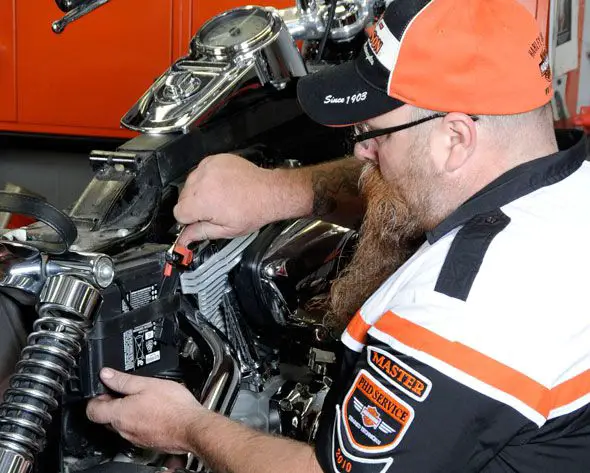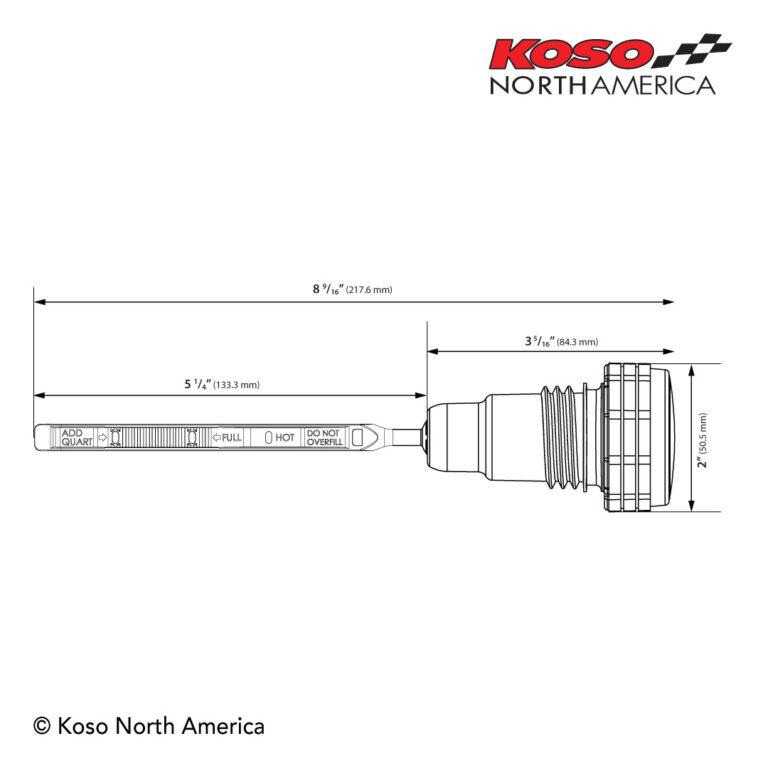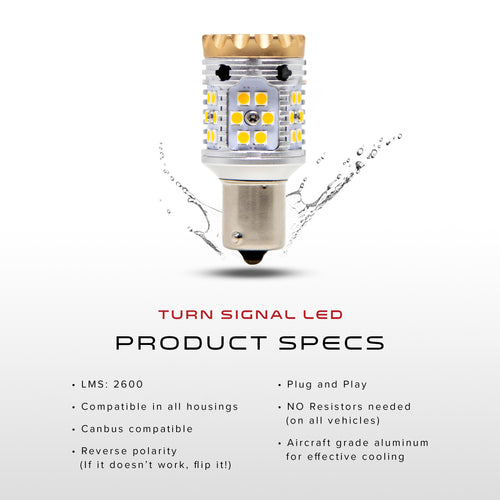The 1156 bulb is a single filament bulb used for turn signals, while the 1157 is a dual filament bulb designed for brake lights and turn signals. The main difference between 1156 and 1157 bulbs is the number of filaments; one for the 1156 and two for the 1157, which affects their functionality.
In the world of vehicle lighting systems, choosing the correct bulb is crucial for safety and compliance with road regulations. The 1156 and 1157 bulbs, often used in taillights and turn signals, look quite similar but serve different purposes due to their internal construction.
The 1157 bulb’s dual-filament design allows it to operate at two brightness levels, one for standard tail light functions and a brighter one for braking indication. On the other hand, the 1156 bulb’s single filament means it can only illuminate at one level, making it suitable for single-function lighting applications like reverse lights or turn signals. Knowing the distinctions between these bulbs ensures that drivers maintain proper signaling and avoid potential confusion on the road.
Introduction To Vehicle Lighting
Proper lighting in vehicles is vital for safety and communication. It ensures that drivers can see clearly at night and in poor weather conditions. Additionally, it allows a vehicle to signal its intentions to other road users.
Bulbs are at the heart of vehicle lighting systems, and knowledge of different types is important. Two common bulbs are the 1156 and 1157. Understanding their differences is crucial for replacement and compatibility.
The terminology around bulbs includes terms like wattage, lumens, and base type. These terms help in identifying the right bulb for your vehicle.
Understanding The 1156 Bulb
The 1156 bulb is a single-contact bulb. It operates at 12.8 volts and typically uses 2.1 amps. This bulb is known for its longevity and efficiency. Often found in cars, it is used for turn signals, brake lights, and reverse lights.
Its single contact point makes it unique. The design allows for ease of installation. The 1156 bulb has a BA15s base type, which refers to its bayonet mount. Users appreciate its bright light for safety. Yet, one cannot ignore its limitations. It only functions in a single mode: on or off. This feature is less versatile compared to multi-function bulbs.
Understanding The 1157 Bulb
The 1157 bulb is quite unique. It is designed for dual functionality. This means it serves as both a running light and a brake light. Dual filaments inside the bulb allow for this. One filament is for low intensity. It works as a tail light. The other filament is for high intensity. It lights up when you brake.
- Voltage: 12.8/14.0 Volts
- Amperage: 2.10/0.59 Amps
- Base type: Bayonet (dual contact)
- Life expectancy: 1200/5000 hours
The 1157 bulb is often found in cars and motorcycles. They are used for stop lamps, parking lights, and turn signals. Their reliability makes them a popular choice. Yet, they may not be as bright as modern LED bulbs. Their dual-filament setup can also be delicate. So they must be handled with care.

Credit: www.eslightbulbs.com
Comparative Analysis Of 1156 And 1157 Bulbs
The 1156 and 1157 bulbs look alike but have differences.
1156 bulbs have a single filament while 1157 bulbs have two.
Their bases look similar but serve different purposes in vehicles.
1156 is for turn signals, and 1157 is for brakes.
Choose bulbs based on your car’s requirements to ensure proper functionality.
One can’t replace the other as they are not compatible.
| Aspect | 1156 Bulb | 1157 Bulb |
|---|---|---|
| Filaments | Single | Double |
| Function | Turn Signal | Brake/Running Light |
| Compatibility | Not with 1157 | Not with 1156 |
Installation And Safety Considerations
Replacing bulbs in your vehicle needs care and attention. Always turn off the vehicle and let lights cool down before starting. Wear safety gloves to protect your hands. Eye protection is also important to guard against accidental shattering of the bulb.
Check the car’s manual for the right bulb size. Use correct tools for the bulb type. An 1156 bulb has a single filament, while 1157 features two filaments. This creates different connections, making them not interchangeable.
Ensure proper fitting to avoid loose bulbs. Shake the bulb lightly to see if it’s fixed well. If issues appear, such as dim lighting or flickering, it might signal a poor connection or a faulty bulb. In such cases, re-check installation or consult a professional.
“`
Credit: www.youtube.com
Conclusion And Summary
The 1156 and 1157 bulbs differ mainly in function. The 1156 is a single-filament bulb and hence used for one purpose. The 1157 has two filaments, allowing it to serve dual functions, such as a brake and taillight.
Vehicle owners should choose based on need. Use 1156 for simple applications, like reverse lights. Go for 1157 when a dual filament is needed. This could be for brake lights and running lights.
| Bulb | Function | Recommendation |
|---|---|---|
| 1156 | Single-filament | Single-purpose use |
| 1157 | Dual-filament | Dual-purpose use (e.g., brake/running light) |

Credit: www.corvairforum.com
Frequently Asked Questions On Difference Between 1156 And 1157 Bulb
What Are 1157 Bulbs Used For?
1157 bulbs are dual-filament light bulbs commonly used in car tail lights, brake lights, and turn signals. They provide two levels of brightness for different functions.
What Is The Difference Between 1157 And 1156 Harley Davidson?
The difference between Harley Davidson 1157 and 1156 lies in their bulb types; 1157 is a dual filament bulb for running and brake light functions, while 1156 is a single filament bulb used for either running or brake lights alone.
What Can I Use Instead Of 1157 Bulb?
You can use the 2357 bulb as a replacement for the 1157 bulb. It provides brighter light and longer life.
What Is 1156 Bulb?
A 1156 bulb is a single-contact, bayonet base light bulb often used in automotive signaling and interior lighting. Its design allows for easy installation and replacement in various vehicles.
Conclusion
Understanding the differences between 1156 and 1157 bulbs is crucial for any vehicle owner. Remember, the 1156 is a single filament bulb, ideal for basic turn signals or backup lights. Meanwhile, the 1157 serves a dual purpose with its dual filament design, suitable for vehicles that require both a running light and a stop/turn signal.
Choose wisely to ensure the right fit and functionality for your car’s lighting needs.




